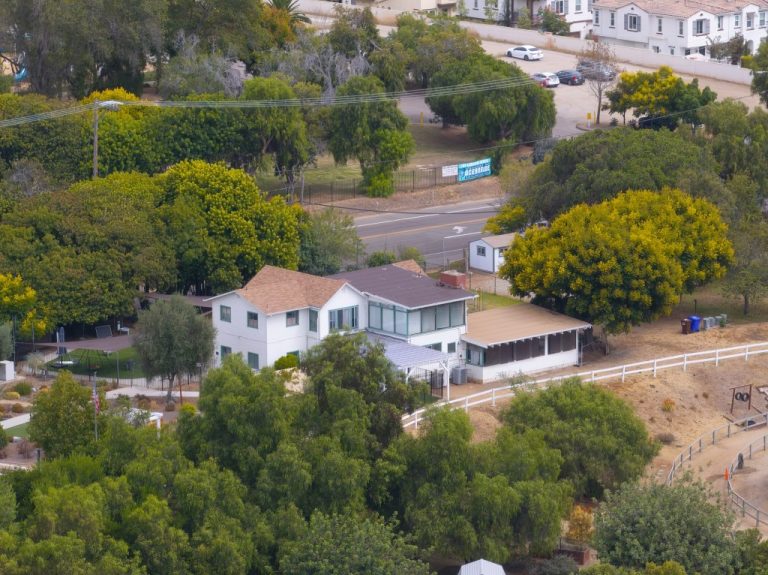

County water officials said Thursday that financial challenges they face may force them to substantially raise rates for wholesale water next year, a move that would lead to higher water bills across much of the county.
Officials stressed that their discussions were preliminary and that no decision is scheduled until June.
“What you will be presented with today is a draft, preliminary, early, initial, could-be, might-be, unfinalized, beginning-stage budget,” said Nick Serrano, chair of the San Diego County Water Authority board. “This is not a final product, nor is it a proposal that this board is supporting at this point.”
Serrano and other board members said many variables could change before June, including new deals to sell the authority’s extra water supply and new statistics on customer demand.
But water authority officials said they have “little leeway” to avoid what is now projected to be a double-digit percentage rate increase next year.
The authority’s rate stabilization fund has been substantially depleted to soften rate increases earlier in the pandemic and during the last two years.
The Metropolitan Water District of Southern California has already approved an 8% rate increase for calendar year 2026, which will raise the county water authority’s costs.
While the authority has made water sale deals in recent years that have yielded $40 million, those have left fewer opportunities for potential additional deals to pursue.
The Trump administration could try to cancel a $19.4 million grant the authority was awarded last spring by the U.S. Department of the Interior for an intake pipe at the Carlsbad desalination plant.
And while demand can fluctuate, the largest variable appears to be how sharply March rains cut back on customers’ March irrigation usage. Drops in usage make the authority’s finances worse, not better.
A jump in wholesale rates would force nearly every local water agency to pass on the extra costs to its customers, but just how much gets passed on could vary widely.
Some agencies buy less wholesale water than others, especially those with groundwater basin storage or other local water supplies. And some agencies have already built projected water authority increases into their rates.
Water authority officials say the fundamental problem they face is that they borrowed money to build and maintain a significantly larger water storage and delivery system than is now needed.
Officials expected demand to continually grow as population rose and development expanded, but member agencies have been buying steadily less wholesale water during the last two decades.
General Manager Dan Denham said the authority is in the middle of a three-year plan to stabilize its finances and smooth rates so they rise more slowly and predictably.
Making the authority more nimble when it comes to making deals with other water agencies in Southern California is a key goal, he said. Settling ongoing litigation with the Metropolitan Water District over rates and other issues could help with that.
“It put us in a box in terms of operations and not having the flexibility to move water around,” Denham said of the multiyear litigation. “I really look forward to getting this settlement agreement done.”
Denham and other general managers have also formed a working group that will begin meeting soon to discuss strategies for cooperation among water agencies, including deals for excess supplies.
The working group meetings will be held behind closed doors with no board members or other participants or observers.
“We need to have a very candid discussion amongst the GMs in this region as to what kind of road map we’re on,” he said.
The water authority will also soon begin analyzing whether it should buy the privately owned Carlsbad Desalination Plant. Denham said assessing the financial risks and the condition of the plant would be key precursors to such a move.
“All of that is going to have to start occurring in the next two years,” he said.
Losing the $19.4 million federal grant would be a major blow.
“We still expect those funds, but until it’s in our checking account, I don’t think we’re going to be very comfortable,” said Pierce Rossum, the authority’s rate and debt manager.
Officials are slated to propose a range of possible rate increases for 2026 in April and then narrow that down to a specific proposed hike in May. A final board vote is scheduled for June.
The city of San Diego, which controls 10 of the board’s 36 seats, has had a history of successfully lobbying to lower rate increases.
Officials last year proposed a hike between 16% and 22% in April, but the board ended up approving a 14% increase.
Originally Published:





